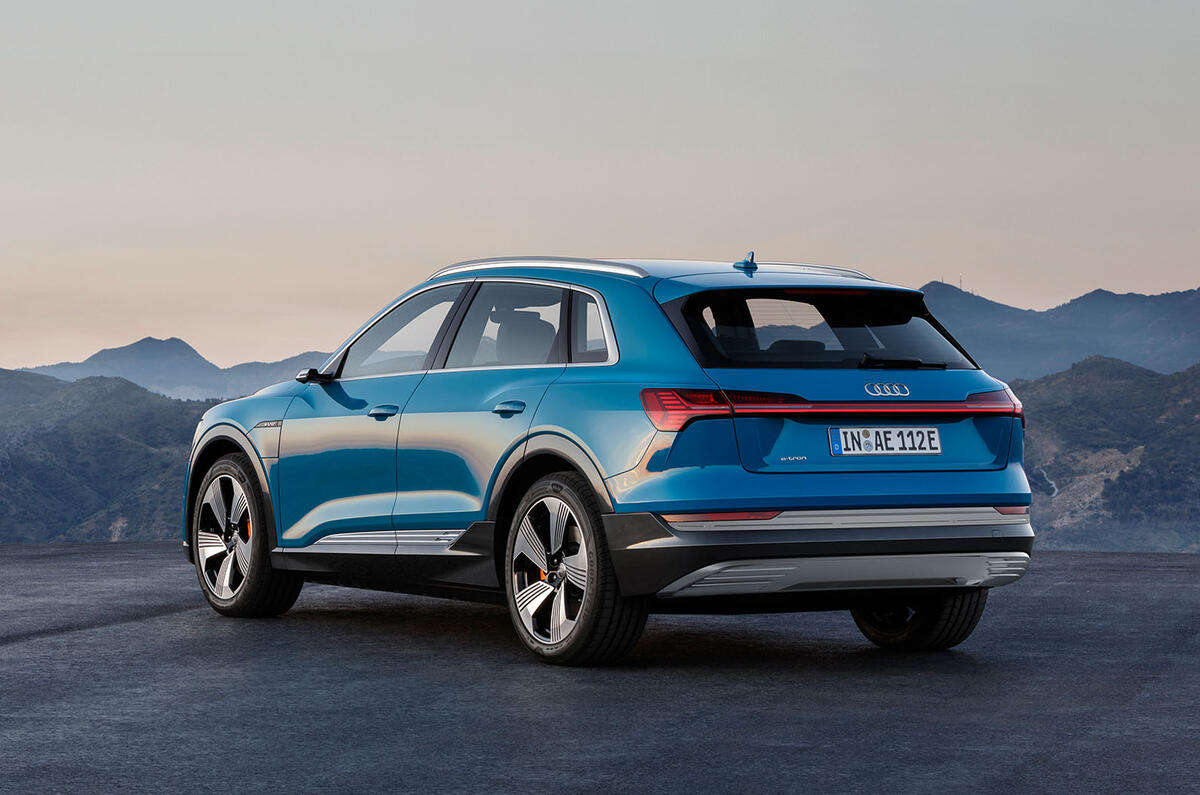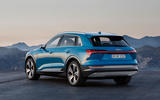There are two schools of thought in the car industry at the moment: those who want to create radical design for electric vehicles (think the Volkswagen ID or Honda Urban EV) and those who are erring on the safe side (think Mercedes EQC or the new Audi E-tron unveiled today).
It’s early days but, so far, the cars that look most different have unsurprisingly got the most attention. The VW ID hatchback looks space-agey, and we’re told the production version stays true to the concept, while the charmingly retro Honda Urban EV was one of our most popular news stories when it was revealed last year.
But people reading stories on concept cars doesn’t necessarily equate to sales.
In the past few months, three premium brands have revealed electric stand-alone SUVs. The Jaguar I-Pace has been lauded for its design, looking relatively conventional yet innovative and standing out from its non-electric SUV range, the Jaguar F-Pace and Jaguar E-Pace.
The EQC, revealed earlier this month, has stuck closer to its tried-and-tested formula. One of the EQC’s designers, Hartmut Sinkwitz, told Autocar: “[The EQC] is the beginning of the electric family. We felt this is the right amount of revolution to start with for this car. You will see more with other EQ models. We believe this is a good starting point.”
And then there’s the E-tron. One fellow journalist said of the pictures that it looked “like some extra bits had been stuck on a Audi Q5”. That’s harsh but, at the very least, the design language of the E-tron is close to Audi’s internal-combustion-engined SUVs.
There are some specific details for the electric model – a new take on Audi’s single-frame grille, unique, aerodynamic wheels and some lines intended to point to the battery. Car designer Stephan Fahr-Becker said: “We want to point out where the battery is laying - that’s why there is a wedge [lower down on the sides of the car].”









Join the debate
Add your comment
Wouldn't it make sense
Surely a Crossover/SUV body style isn't the best for and electric vehicle? Such large framed cars must have an impact on the miles a car can get from a charge, with increased weight and less than ideal aerodynamics. That's not to say there isn't a demand for them. They'd be better off streamlining an empty front end, improve on passenger comfort/loadspace. Length, rather than height, would be of most benefit to them.
They have the ability to look
They have the ability to look totally different due to no engine or cooling requirements however even the odd looking dedicated electric cars, i3/leaf are still conventional in that they look like there is room under the bonnet for an engine and gearbox and as such they dont really break the mould, tesla is the same, all their cars are conventional in shape if not detail which, I think, answers the question. Electric cars need to look like cars, these autonomous pod styled things wouldn't be accepted styling wise.
The electric car already has taken shape...
...and it's going to look like an SUV, where the else are they gonna put the batteries? Nice to see autocar doing it's usual subliminal advertising for VAG.